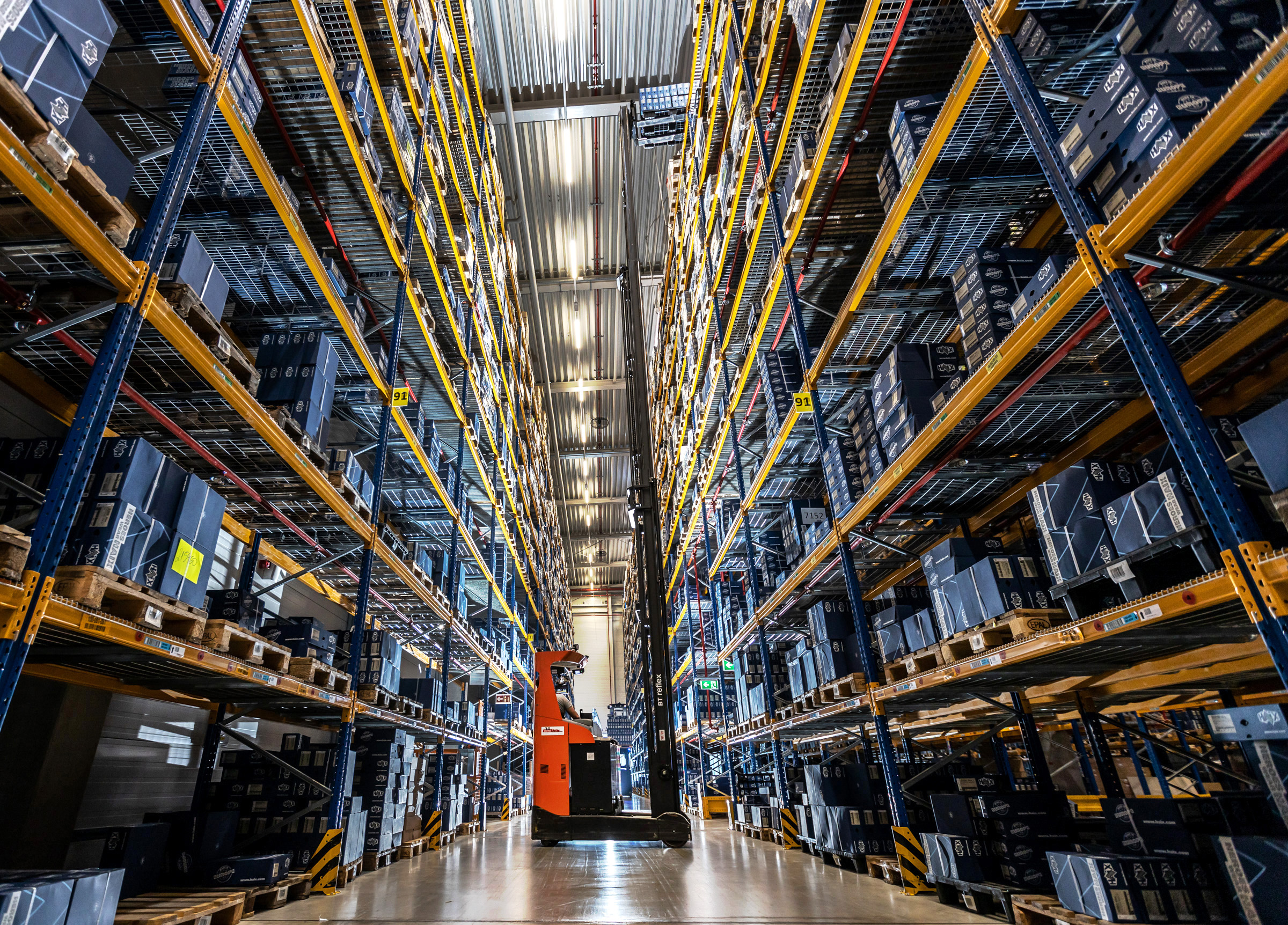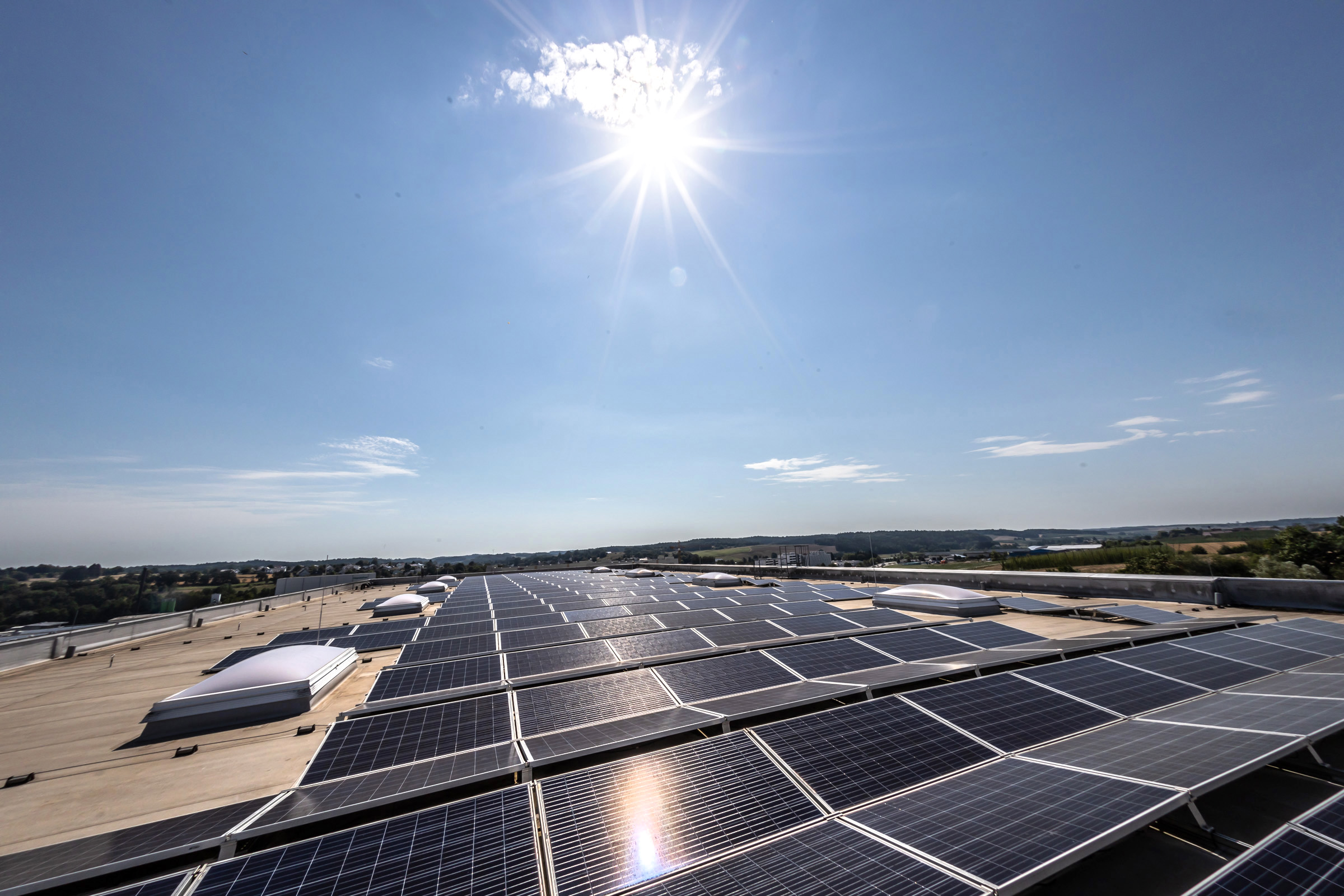Whether it’s a forklift reach truck, order picker, electric low lift truck, or e-scooter with attached trailer – all the vehicles on the move between the HAIX logistic center’s high racks and loading bays are purely electric. This energy is sourced from electricity supplied by the solar panels on the building’s roof.
Over 1.5 million pairs of shoes are shipped around the world from the HAIX logistics center every year. A highly efficient and sustainably structured system is responsible for the organization, sorting, packing and shipping. From the forklift reach trucks sorting shoe boxes over 12 meters in the air to the e-scooters efficiently managing short trips with their trailers – everything is powered entirely with electric power. During the day, they also use every spare minute to dock in rotation at the various charging stations to refuel with solar power sourced directly from the roof. “That’s important for us, to ensure we get the most out of the generated solar power,” says Gerhard Müller, head of facility management for HAIX.




